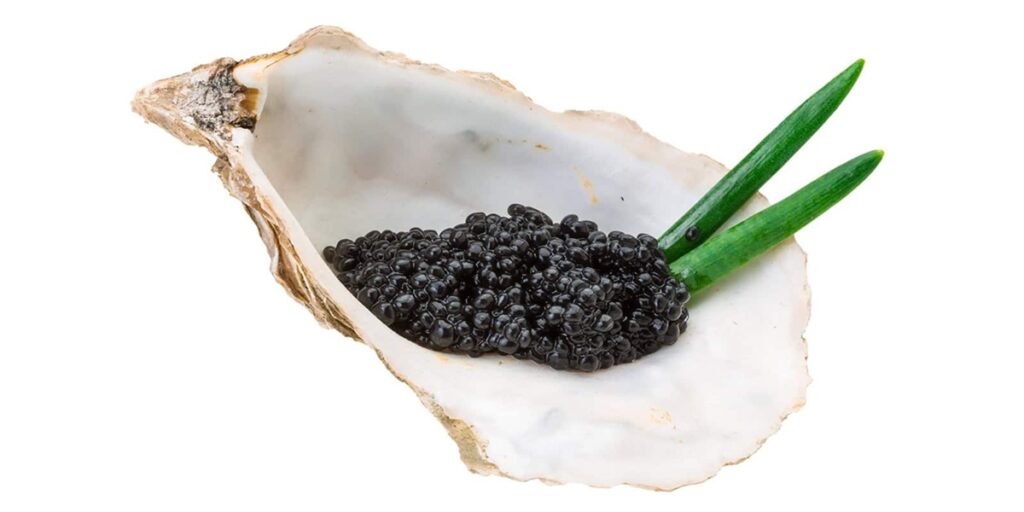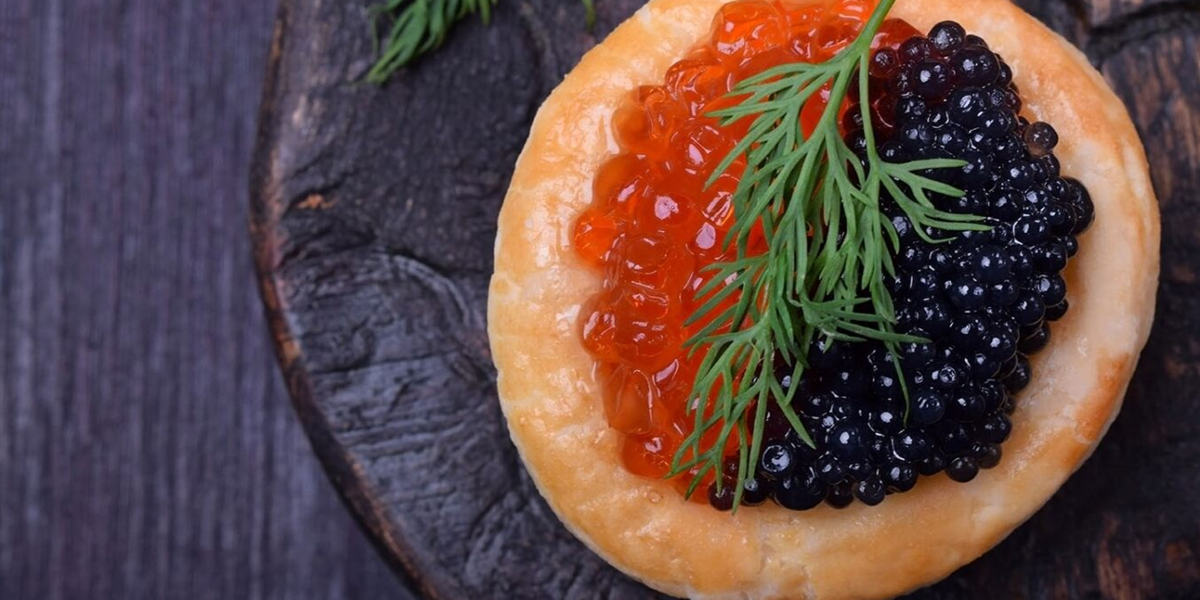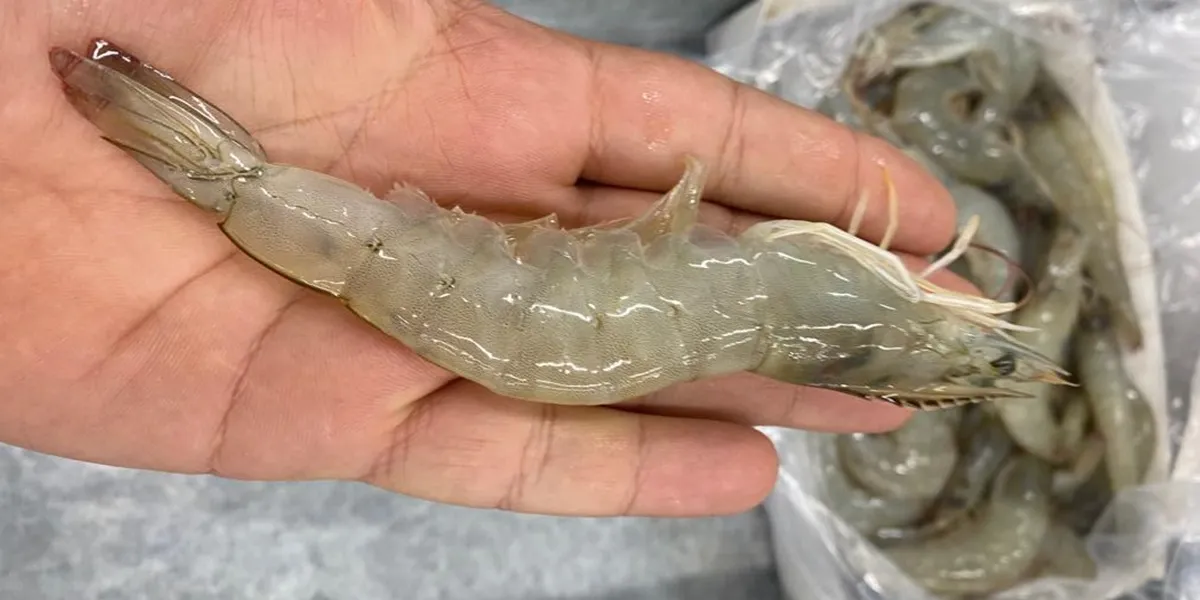Caviar, the jewel of fine dining, has captivated palates for centuries with its exquisite taste and luxurious appeal. More than just a delicacy, it represents sophistication, tradition, and unparalleled culinary artistry. But beyond its opulent reputation, caviar offers a fascinating world of varieties, textures, and health benefits that every enthusiast should explore.
From the prized Beluga to sustainably farmed Osetra, each type of caviar boasts unique characteristics that make it special. Additionally, caviar is packed with essential nutrients, including omega-3 fatty acids, vitamins, and minerals, making it as nourishing as it is indulgent.
What Is Caviar? Defining the Epitome of Luxury
Caviar, often hailed as the “black gold” of gourmet cuisine, represents the pinnacle of culinary luxury. Traditionally, it refers to salt-cured roe harvested exclusively from wild sturgeon, though modern Caviar Market Trends show a shift toward sustainable aquaculture. These delicate pearls have graced royal banquets and Michelin-starred menus for centuries, prized for their buttery texture and nuanced briny flavor. True caviar comes from sturgeon species native to the Caspian and Black Seas, though overfishing has led to strict regulations and innovative farming practices worldwide. Beyond its opulent reputation, caviar is rich in omega-3s, vitamins B12 and D, and antioxidants, making it a nutrient-dense indulgence. Whether served on blinis, paired with champagne, or enjoyed solo, caviar transforms any occasion into a celebration. Its rarity and labor-intensive production process justify its status as a symbol of refinement—one that continues to captivate chefs and connoisseurs alike.
Sturgeon Species: The Royalty of Caviar Production
The world of Types of caviar is defined by the sturgeon species that produce them, each offering distinct flavors and textures. Beluga (Huso huso), the rarest and most coveted, yields large, silvery-gray pearls with a creamy, buttery taste. Osetra (Acipenser gueldenstaedtii) produces medium-sized eggs ranging from golden amber to deep brown, celebrated for their nutty, earthy notes. Sevruga (Acipenser stellatus), the most intense in flavor, features small, dark grains with a bold brininess. Other notable species include Kaluga (a Beluga hybrid), American Hackleback, and Siberian sturgeon, each contributing to caviar’s diverse profile. Wild sturgeon populations have declined dramatically, prompting ethical sourcing through regulated farms in Europe, the U.S., and the Middle East. Understanding these species helps enthusiasts appreciate caviar’s complexity—and why preserving these ancient fish is crucial for the future of this delicacy.
Caviar Grades: Understanding Quality Classifications
Not all caviar is created equal. Quality is graded by egg size, color, firmness, and flavor, with Caspian Caviar historically setting the gold standard. Grade 1 caviar features flawless, glossy pearls with uniform color and a clean, balanced taste—ideal for purists. Grade 2 may have slight variations in texture or color but remains delicious for culinary applications. The grading system also considers processing methods: premium caviar is hand-sieved and minimally handled to preserve integrity. Color plays a surprising role; for example, lighter Osetra eggs (golden or “royal” variants) often command higher prices, though flavor trumps aesthetics. Whether you’re selecting a tin for a special occasion or experimenting with pairings, recognizing these grades ensures an informed, satisfying purchase. Remember, the best caviar balances salt, sweetness, and the ocean’s essence in every bite.
Malossol: The Art of Minimal Salt Curing
The term “Malossol” (Russian for “little salt”) is a hallmark of premium caviar, particularly in Iranian caviar traditions. This meticulous curing method uses less than 5% salt, allowing the roe’s natural flavors to shine. Unlike heavily salted varieties, Malossol caviar retains a delicate sweetness and clean finish, appealing to discerning palates. The technique originated in the Caspian region, where master producers perfected the balance between preservation and taste. Today, it’s a benchmark for quality, requiring expert timing and temperature control during processing. Malossol caviar pairs beautifully with neutral accompaniments like crème fraîche or unsalted crackers, letting its nuanced profile take center stage. For those new to caviar, this style offers an accessible yet sophisticated introduction—proof that sometimes, less really is more.
Pressed Caviar: A Unique Texture Experience
A lesser-known but fascinating variant, pressed caviar, is crafted from fragile or overripe sturgeon eggs compressed into a dense, velvety paste. This method, developed to salvage imperfect roe, results in an intensely flavored product with a spreadable consistency akin to tapenade. Popular in Russian and French cuisine, pressed caviar delivers a robust umami punch, making it ideal for canapés, omelets, or as a bold garnish. While it lacks the elegant pearls of traditional caviar, its affordability and concentrated taste have earned it a loyal following. Artisanal producers often age pressed caviar to deepen its complexity, creating a gourmet experience distinct from its whole-egg counterparts. For adventurous foodies, it’s a testament to caviar’s versatility—and a delicious way to explore beyond the classics.
Sustainable Caviar: The Rise of Aquaculture
The caviar industry has undergone a revolutionary shift with the rise of sustainable aquaculture, ensuring future generations can enjoy High quality caviar without depleting wild stocks. Overfishing and habitat destruction nearly drove sturgeon to extinction in the Caspian Sea, prompting strict CITES regulations and innovative farming solutions. Modern caviar farms in countries like Italy, France, China, and the U.S. now produce exceptional roe under controlled conditions, mimicking natural ecosystems. These facilities prioritize sturgeon welfare, with some farms achieving organic certification by avoiding antibiotics and using eco-friendly feed. Aquaculture also allows for precise quality control, resulting in consistently flavorful eggs with lower environmental impact. Brands like Sterling Caviar and Kaluga Queen have set benchmarks for sustainability, proving that farmed caviar can rival wild-caught in taste and texture. For conscious consumers, certifications like Aquaculture Stewardship Council (ASC) help identify ethical sources. As technology advances, methods like recirculating aquaculture systems (RAS) further reduce water usage. This eco-conscious approach preserves sturgeon populations while meeting global demand for luxury caviar.
Caviar Substitutes: Affordable Alternatives
While nothing replicates true sturgeon caviar, several alternatives offer similar aesthetic appeal and Health benefits of caviar at accessible prices. Salmon roe (ikura), with its large orange pearls and popping texture, is rich in omega-3s and popular in sushi. Trout caviar provides a delicate, slightly sweet option, while flying fish roe (tobiko) adds crunch to Japanese dishes. Vegan alternatives like seaweed-based “caviar” mimic the briny flavor using algae extracts. Lumpfish and capelin roe are budget-friendly choices often dyed black to resemble traditional caviar, though they lack complexity. Nutritionally, these substitutes share caviar’s high protein and mineral content but vary in fatty acid profiles. Chefs recommend pairing them with creamy bases or citrus to balance flavors. Though they can’t match sturgeon caviar’s prestige, these options democratize the experience—perfect for garnishing blinis or elevating everyday meals without the luxury price tag.
Serving Caviar: The Right Way to Enjoy Luxury
To fully appreciate caviar’s nuances, tradition dictates specific serving protocols. Always use mother-of-pearl, bone, or glass spoons—metal utensils oxidize the roe, altering its flavor. Serve caviar in its original tin placed on ice to maintain 28-32°F (-2-0°C), the ideal temperature range. Classic pairings include lightly toasted blinis, crème fraîche, and minced shallots, though purists prefer savoring it alone on the back of the hand to avoid interfering flavors. Champagne or vodka make excellent beverage pairings, their crispness cutting through the richness. For modern twists, try caviar atop oysters, scrambled eggs, or even potato chips for contrast. Portion sizes matter: 30-50g per person suffices for tasting. Avoid cooking caviar; heat destroys its delicate texture. Whether hosting a gala or indulging solo, these rituals elevate caviar from mere food to a multisensory experience steeped in heritage.
Storing Caviar: Keeping It Fresh
Proper storage is critical to preserving caviar’s delicate flavor and texture. Unopened tins should remain refrigerated at 28-32°F (-2-0°C)—never frozen, as ice crystals rupture the eggs. The coldest part of the fridge (usually the back) is ideal. Once opened, consume within 48 hours, pressing plastic wrap directly onto the surface to minimize air exposure. For longer storage, transfer unused caviar to an airtight glass jar. Avoid temperature fluctuations; even brief exposure to warmth accelerates spoilage. Signs of spoiled caviar include a sour smell, mushy texture, or cloudy liquid. Premium producers like Petrossian recommend purchasing caviar close to consumption dates for peak freshness. Traveling with caviar? Use insulated cooler bags with gel packs. While pasteurized caviar lasts months unopened, its flavor pales compared to fresh varieties. Remember: caviar is a perishable luxury, and treating it with care ensures every spoonful delivers its promised opulence.

Caviar Myths Debunked
Misconceptions about caviar persist despite its popularity. Myth #1: “All fish eggs qualify as caviar.” Truth: Only sturgeon roe earns the name—others are “roe” or “substitutes.” Myth #2: “Darker eggs are superior.” Reality: Color depends on species (e.g., golden Osetra is rarer but not inherently better). Myth #3: “Caviar should taste extremely salty.” Quality Malossol caviar emphasizes natural sweetness with subtle salinity. Myth #4: “Serving on silver is traditional.” Actually, silver reacts with caviar, creating off-flavors—hence pearl spoon traditions. Myth #5: “Caviar has no health benefits.” In fact, it’s packed with omega-3s, selenium, and vitamins B12/D. Another fallacy? “Wild is always better.” Sustainable aquaculture now produces award-winning caviar with lower environmental impact. Dispelling these myths helps newcomers enjoy caviar confidently, focusing on authentic quality rather than outdated stereotypes.
Final Thoughts: Why Caviar Remains the Ultimate Gourmet Experience
Caviar is more than a luxury—it’s a celebration of flavor, heritage, and wellness. Whether you’re savoring the buttery notes of Beluga, the nutty richness of Osetra, or the bold intensity of Sevruga, each variety offers a distinct experience that elevates any dining occasion.
Beyond taste, caviar’s nutritional profile makes it a standout superfood, supporting heart health, brain function, and radiant skin. Its versatility in gourmet dishes—from elegant canapés to modern fusion cuisine—ensures it remains a timeless favorite among chefs and food lovers alike.
As you explore the world of caviar, remember that quality matters. Opt for sustainably sourced options to enjoy this delicacy responsibly while preserving its legacy for future generations.




